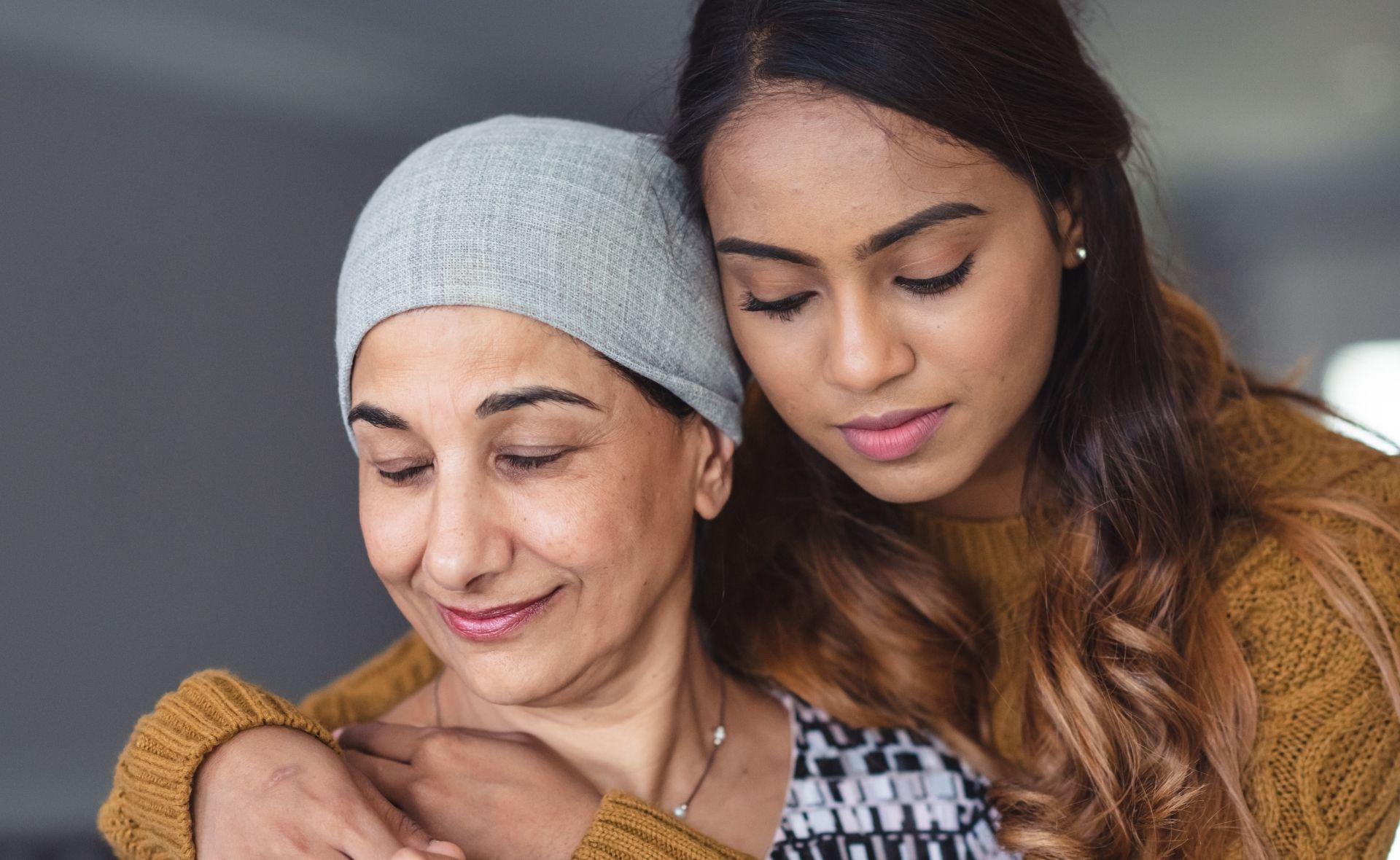It’s a chronic condition that affects over 1 million Australians, yet still most of us consider osteoporosis an unlikely threat.
The disease affects bone density, causing bones to become brittle and weaken, making them more likely to break. However, it’s called the ‘silent disease’ because it exhibits few, if any, symptoms until the first fracture or break.
Recent research indicates that while 80 per cent of women are aware of osteoporosis, only 22 per cent consider themselves at risk of getting the disease. With the number much higher in reality, now is the perfect time to get to grips with osteoporosis.
1. Osteoporosis affects women and men
When you hear the word osteoporosis, you may picture an older woman plagued by hip fractures, but the condition can actually affect both men and women.
Whilst more common in women — declining oestrogen levels post-menopause cause bones to quickly lose calcium and other important minerals — one in five men over 50 will suffer a fracture due to osteoporosis.
Men with low levels of testosterone — which can be a caused by certain medications, as well as general ageing — should be especially aware that they have a higher risk of developing osteoporosis.

Both men and women can develop osteoporosis. (Image: Getty Images)
2. It’s more common than breast and cervical cancer combined
Osteoporosis affects 1.28 million Australians — that’s two out of three people — making it one of the most common chronic illnesses in the country.
Its prevalence is greater than most other debilitating illnesses, yet most cases are often only diagnosed after a fall or fracture, not proactively.
If you have any questions or concerns about osteoporosis, book an appointment with your GP and they can assess you (they’ll ask about your lifestyle, family history and any current medications you may be taking) and, if necessary, book a bone density or DEXA scan to confirm if you have the condition.
3. Osteopenia doesn’t always lead to osteoporosis
Osteopenia is the midpoint between healthy bones and osteoporosis.
It’s the first stage of bone density loss which means your bones are weaker than normal, but not so weak that they break easily.
Early detection and simple lifestyle changes — like increased exercise, vitamin D and calcium — can help manage osteopenia and reduce the risk of developing osteoporosis in the future.
It’s important to note that not all cases of osteopenia develop into osteoporosis. A range of factors including lifestyle and genetics can impact bone density over time.
4. Osteoporosis is serious, yet treatable
While there is no official miracle cure for osteoporosis, the disease can be treated and managed.
A healthy lifestyle — eating a balanced diet, exercising regularly, limiting alcohol and avoiding smoking — is recommended to help strengthen bones and reduce the risk of fractures.
There are also a range of medical treatments that your doctor can discuss with you — some have been shown to reduce the risk of fractures by up to 70 per cent.
Vitamin D is also a key factor in any osteoporosis treatment plan. It improves the absorption of calcium from your gut and helps regulate calcium levels in the blood so is vital for strong bones.

Some simple lifestyle choices to help maintain bone strength. (Image: The Big O)


